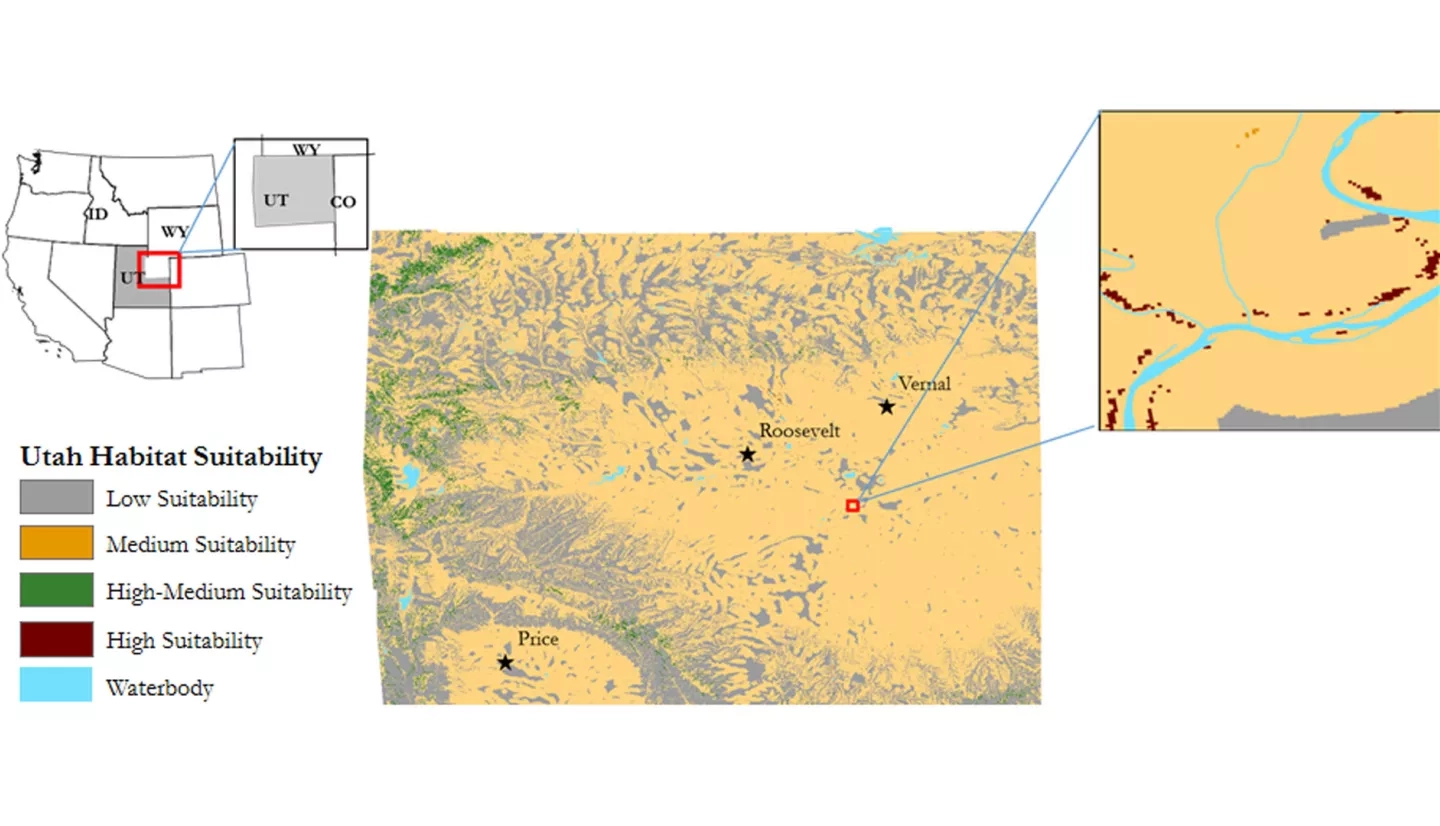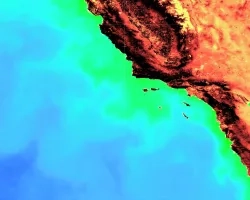
Observations of the threatened western yellow-billed cuckoo (YBC) are rare in Idaho, Wyoming, and Utah. This species can act as an indicator for the overall health of an ecosystem, therefore understanding their habitat is critical to planning and improving land management and ecosystem conservation practices. These secretive birds spend only a few months of the year in breeding locations throughout the intermountain west from May to August. Partner organizations tasked with monitoring this species, such as the US Fish and Wildlife Service (USFWS) and the Idaho Department of Fish and Game (IDFG) find that observations can be difficult even through solicited survey methods. The team utilized NASA Earth observations, Landsat 5 TM and Landsat 8 OLI, to create current habitat suitability maps in order to help prioritize surveys in areas that are more likely to contain YBC. In addition, the team sought to understand the cause of the decline of the YBC areas across the Intermountain West by looking at how suitable habitat has changed over time through loss and degradation. The team also utilized Terrset LCM to forecast the change in habitat to the year 2030 in order to allow partner organizations to better plan for future monitoring and conservation efforts.



